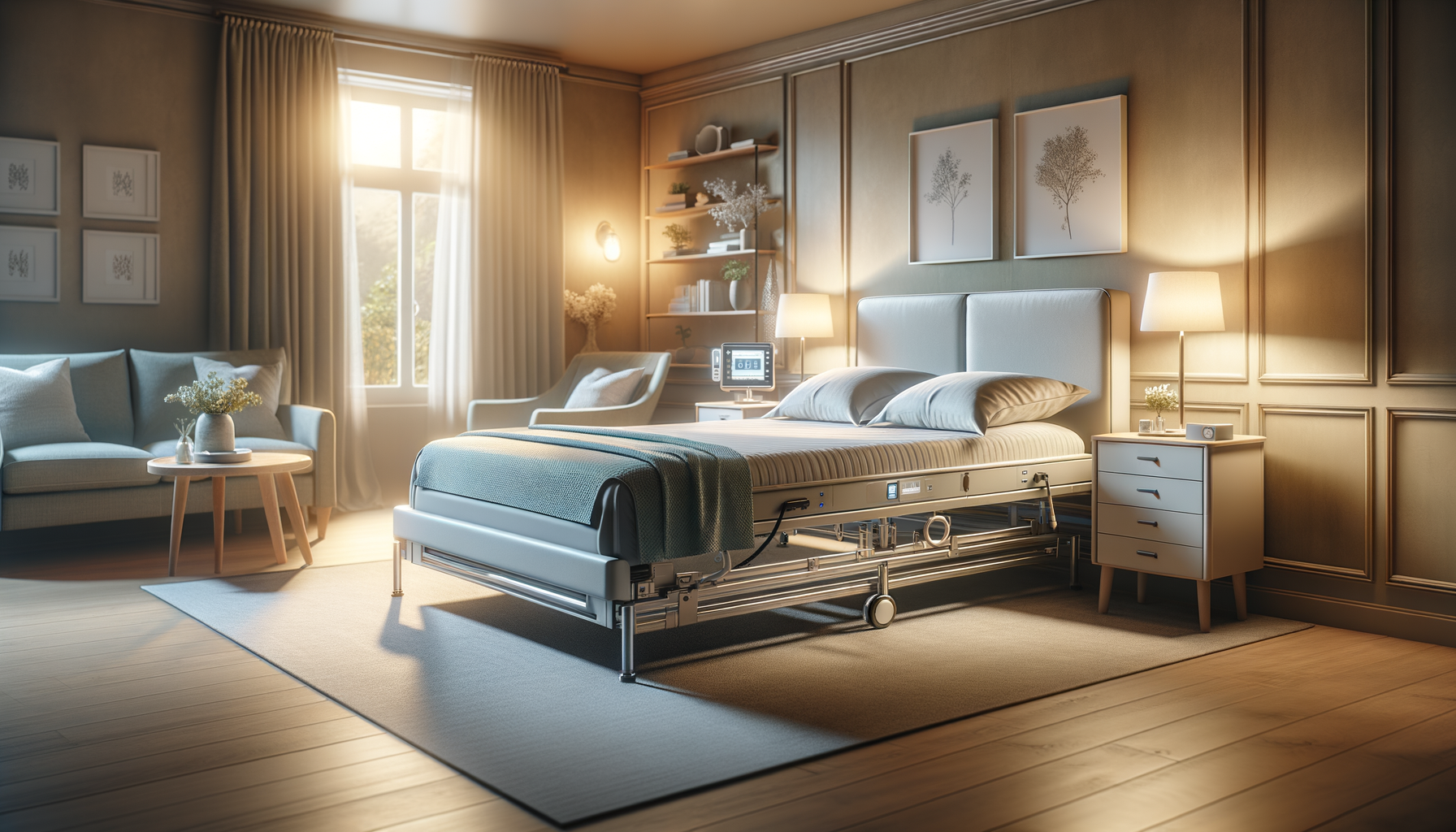
Senior Beds: Enhancing Comfort and Safety
Introduction to Senior Beds
The aging population is rapidly increasing, and with it comes the need for specialized furniture that caters to the unique requirements of seniors. Beds, being a crucial part of daily life, play a significant role in ensuring comfort and safety for older adults. Senior beds are specifically designed to address these needs, offering features that enhance accessibility and promote better sleep quality. This article delves into the various aspects of senior beds, highlighting their importance and the benefits they bring to the elderly.
Key Features of Senior Beds
Senior beds are crafted with a focus on comfort and functionality. These beds often come with adjustable settings that allow users to modify the bed’s height and angle, providing a customized sleeping experience. Key features include:
- Adjustable Height: This feature ensures ease of access, reducing the risk of falls when getting in and out of bed.
- Remote Control: Many senior beds are equipped with remote controls, making it simple for users to adjust settings without physical strain.
- Supportive Mattresses: High-quality mattresses that provide adequate support and pressure relief are essential for preventing bedsores and promoting restful sleep.
- Safety Rails: These are crucial for preventing accidental falls during the night.
These features collectively contribute to creating a safe and comfortable sleeping environment for seniors, enhancing their overall well-being.
Benefits of Smart Technology in Senior Beds
Incorporating smart technology into senior beds has revolutionized the way older adults experience sleep. Smart beds come with features such as sleep tracking, automated adjustments, and even health monitoring capabilities. The benefits include:
- Sleep Tracking: This helps in understanding sleep patterns and identifying issues such as sleep apnea or insomnia.
- Automated Adjustments: Smart beds can automatically adjust to optimal positions based on the user’s sleep cycle, enhancing comfort.
- Health Monitoring: Some beds are equipped with sensors that monitor vital signs, providing valuable health data that can be shared with healthcare providers.
These technological advancements not only improve sleep quality but also provide peace of mind for both seniors and their caregivers.
Comparing Senior Beds with Traditional Beds
While traditional beds offer basic functionality, senior beds are designed with specific features that address the needs of older adults. Here’s how they compare:
- Accessibility: Senior beds offer adjustable heights, making them more accessible compared to traditional beds.
- Safety: Features like safety rails and non-slip surfaces provide an added layer of protection.
- Comfort: The ability to adjust positions and the inclusion of supportive mattresses make senior beds more comfortable.
- Technology: Smart features in senior beds offer health monitoring and automated adjustments, which are not available in traditional beds.
Overall, senior beds provide enhanced functionality and safety, making them a superior choice for older adults.
Conclusion: Choosing the Right Senior Bed
When selecting a senior bed, it’s important to consider the specific needs of the individual. Factors such as mobility, health conditions, and personal preferences should guide the decision-making process. By investing in a senior bed that offers the right combination of features, seniors can enjoy improved comfort, safety, and quality of life. As technology continues to advance, these beds will likely become even more integral to senior care, providing innovative solutions to age-old challenges.


